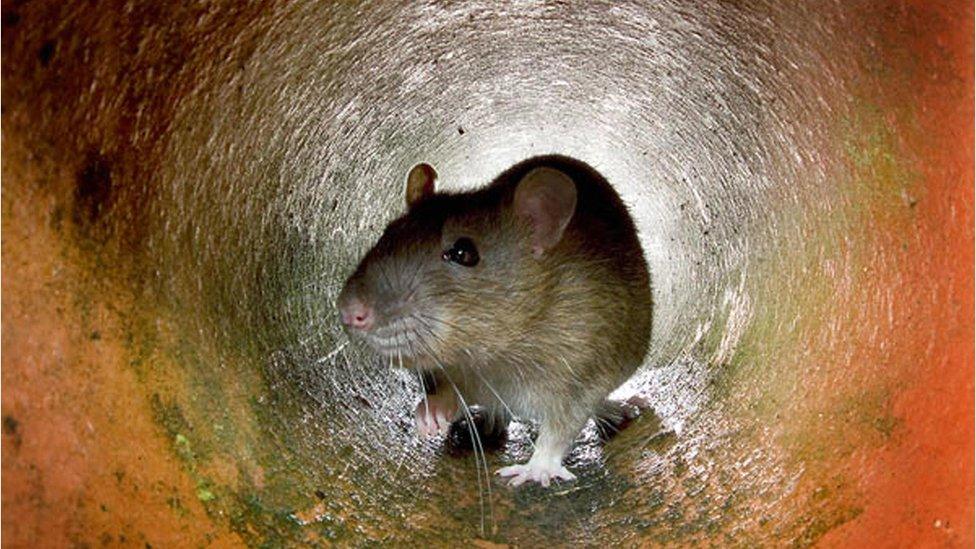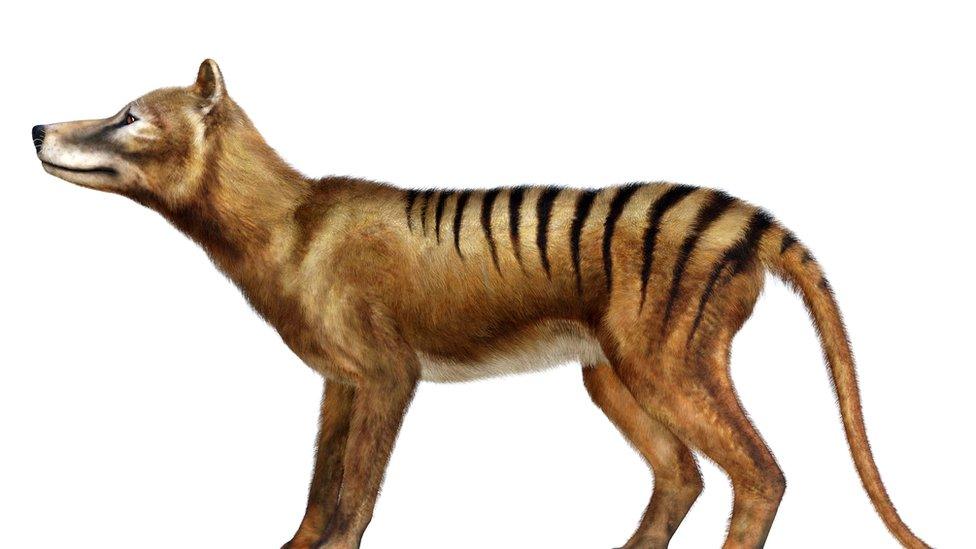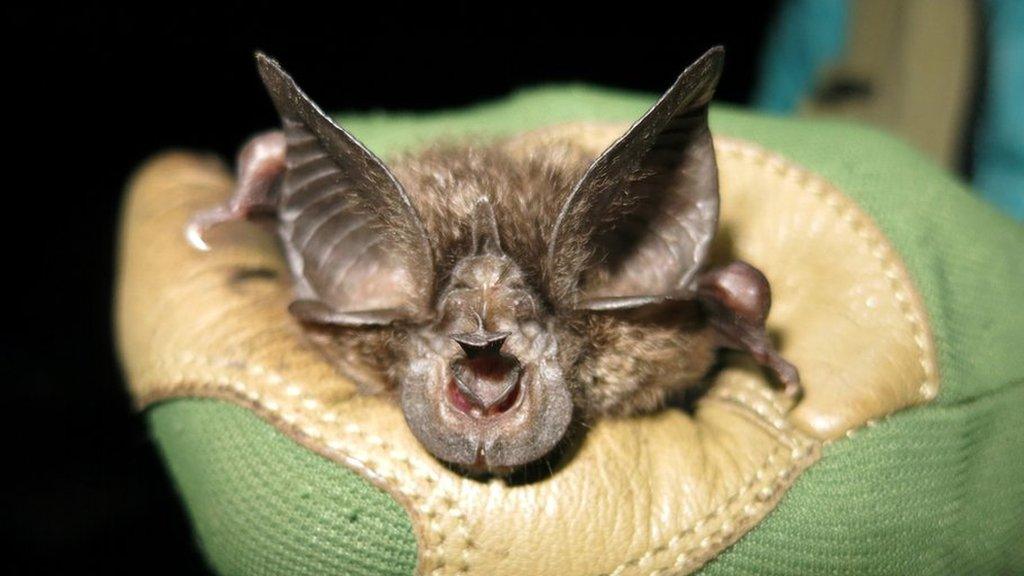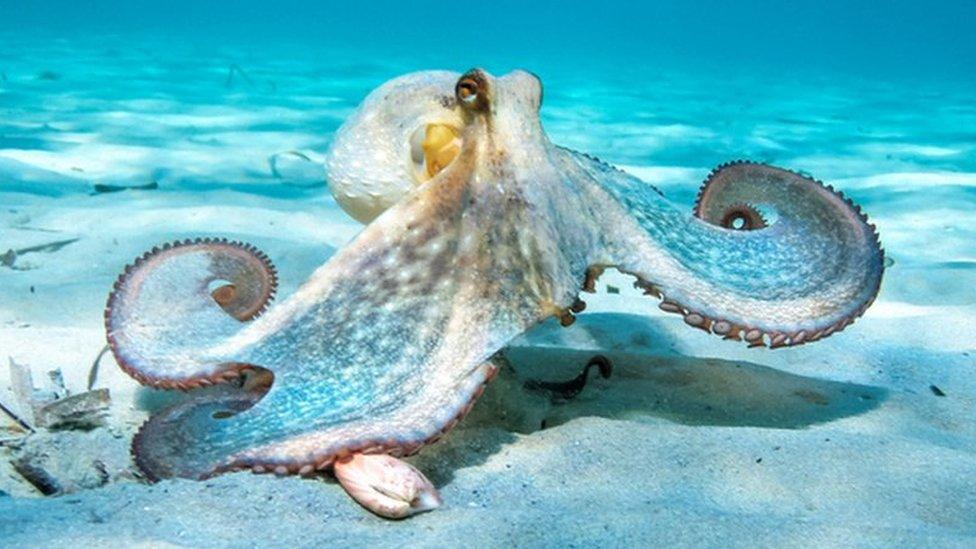Bringing back extinct animals may be impossible, say scientists
- Published
- comments

The Christmas Island rat has a similar genetic profile to the modern day brown rat
Ever since Jurassic Park first hit the big screens in the 1990s, people have been fascinated with the idea of bringing extinct animals back to life.
A team of scientists at the University of Copenhagen have been trying to do just that by studying the Christmas Island rat, which became extinct in the early 1900s.
Using modern day brown rats as a reference point, the team worked on creating the Christmas Island rat's genetic profile, also known as a genome.
Think of of genome as a complete set of genetic instructions that contains all the information needed to build an animal and help it grow and develop.
Despite lots of attempts, the scientists could only manage to reconstruct 95% of the Christmas Island rat's genome, meaning any re-born rat would lack key characteristics.
The scientists were unable to recreate the Christmas Island rat's smell and immunity, meaning that the rat might look the same but would struggle to survive.
Even if a 5% difference doesn't sound a lot, it's important to note that the human genetic profile is only 1% different than that of a chimp.
"The take home is, even if we have basically the perfect ancient DNA situation, we've got a really good sample, we're still lacking five percent of it," said senior author of the study, Tom Gilbert.
How would bringing back extinct animals work?

The scientists in Copenhagen were exploring a process called genetic editing.
This is where you take the surviving DNA of an extinct species and compare it to a closely-related modern species.
DNA carries genetic information. It has all the instructions that a living organism needs to grow, reproduce and function.
Special gene-editing technology - which can 'cut and paste' small sections of DNA, deleting or repairing flawed genes - is then used in an attempt to re-create the extinct species.
If successful, the edited cells could then be used to create an embryo.
Is this process happening anywhere else?

Scientists in Australia are trying to bring back the Tasmanian tiger
There are attempts in America to resurrect the mammoth, which died out 4,000 years ago.
In Australia, scientists are trying to bring back the Tasmanian tiger, which became extinct in 1936.
However, according to Gilbert, any replica creatures created by using genetic editing would have massive problems like the Christmas Island rat.
"I'm not convinced it is the best use of anyone's money," he said.
"If you had to choose between bringing back something or protecting what was left, I'd put my money into protection."
- Published10 March 2022

- Published21 November 2019
- Published9 March 2022

